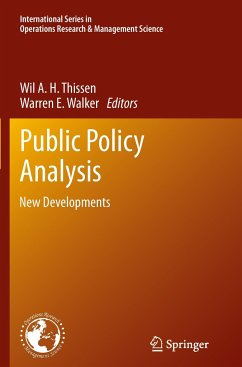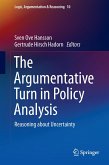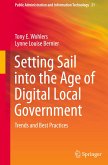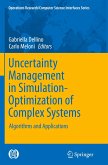Traditional policy analysis approaches are characterized by a focus on system modeling and choosing among policy alternatives. While successful in many cases, this approach has been increasingly criticized for being technocratic and ignoring the behavioral and political dimensions of most policy processes. In recent decades, increased awareness of the multi-actor, multiple perspective, and poly-centric character of many policy processes has led to the development of a variety of different perspectives on the styles and roles of policy analysis, and to new analytical tools and approaches - for example, argumentative approaches, participative policy analysis, and negotiation support. As a result, the field has become multi-faceted and somewhat fragmented.
Public Policy Analysis: New Developments acknowledges the variety of approaches and provides a synthesis of the traditional and new approaches to policy analysis. It provides an overview and typology of different types of policy analytic activities, characterizing them according to differences in character and leading values, and linking them to a variety of theoretical notions on policymaking. Thereby, it provides assistance to both end users and analysts in choosing an appropriate approach given a specific policy situation. By broadening the traditional approach and methods to include the analysis of actors and actor networks related to the policy issue at hand, it deepens the state of the art in certain areas. While the main focus of the book is on the cognitive dimensions of policy analysis, it also links the policy analysis process to the policymaking process, showing how to identify and involve all relevant stakeholders in the process, and how to create favorable conditions for use of the results of policy analytic efforts by the policy actors.
The book has as its major objective to describe the state-of-the-art and the latest developments in ex-ante policyanalysis. It is divided into two parts. Part I explores and structures policy analysis developments, the development and description of approaches to diagnose policy situations, design policy analytic efforts, and policy process conditions. Part II focuses on recent developments regarding models and modeling for policy analysis, placing modeling approaches in the context of the variety of conditions and approaches elaborated in Part I.
Public Policy Analysis: New Developments acknowledges the variety of approaches and provides a synthesis of the traditional and new approaches to policy analysis. It provides an overview and typology of different types of policy analytic activities, characterizing them according to differences in character and leading values, and linking them to a variety of theoretical notions on policymaking. Thereby, it provides assistance to both end users and analysts in choosing an appropriate approach given a specific policy situation. By broadening the traditional approach and methods to include the analysis of actors and actor networks related to the policy issue at hand, it deepens the state of the art in certain areas. While the main focus of the book is on the cognitive dimensions of policy analysis, it also links the policy analysis process to the policymaking process, showing how to identify and involve all relevant stakeholders in the process, and how to create favorable conditions for use of the results of policy analytic efforts by the policy actors.
The book has as its major objective to describe the state-of-the-art and the latest developments in ex-ante policyanalysis. It is divided into two parts. Part I explores and structures policy analysis developments, the development and description of approaches to diagnose policy situations, design policy analytic efforts, and policy process conditions. Part II focuses on recent developments regarding models and modeling for policy analysis, placing modeling approaches in the context of the variety of conditions and approaches elaborated in Part I.
From the reviews:
"Thissen, Walker, and their colleagues aim to present a way of incorporating rational analysis in political policy and decision making, where power play is common. ... this book is a welcome addition to the literature. OR/MS practitioners working in the private sector might learn something by reading it; those working in public policy will certainly do so, as will students." (Michael Pidd, Interfaces, Vol. 44 (1), January-February, 2014)
"Thissen, Walker, and their colleagues aim to present a way of incorporating rational analysis in political policy and decision making, where power play is common. ... this book is a welcome addition to the literature. OR/MS practitioners working in the private sector might learn something by reading it; those working in public policy will certainly do so, as will students." (Michael Pidd, Interfaces, Vol. 44 (1), January-February, 2014)








